Ground shipping is currently paused. Local deliveries throughout Long Island will continue as usual. Pre-orders for fall are now open. Non-local orders will begin shipping again in early September. Click here to learn more.
Please be aware that all shipping will be suspended on December 22 and will resume January 5. Dismiss
Skip to contentGround shipping is currently paused. Local deliveries throughout Long Island will continue as usual. Pre-orders for fall are now open. Non-local orders will begin shipping again in early September. Click here to learn more.
| Size | 4" Pot (Quart), Flat of 50, Nursery Pot (1-Gallon Trade Size), 3 Gallon, 10 Gallon |
|---|---|
| Type | |
| Native? | |
| Zone | 4, 5, 5b, 6, 7, 8, 8b, 9 |
| Height Range (ft.) | 5.00 to 8.00 |
| Spread (ft.) | 3.00 to 4.00 |
| Bloom Time | |
| Sun | |
| Water | |
| Suggested Use | Border, Foundation, Hedge, naturalized plantings, Rain Garden |
| Tolerate | |
| Growth Rate | |
| Attracts |
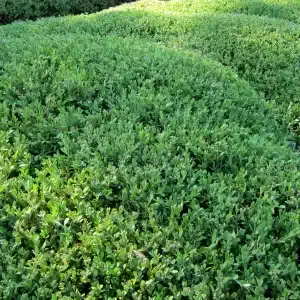
Ilex glabra ‘Shamrock’, also known as Shamrock Inkberry, is a compact, evergreen shrub celebrated for its glossy, deep green leaves and adaptable nature. Ideal for creating dense, low hedges or used as a striking specimen in garden beds and borders, Shamrock Inkberry offers year-round interest and texture. This variety is particularly valued for its uniform shape and improved cold tolerance, making it a versatile choice for landscapes across many zones. Easy to care for and resistant to pests, it’s a robust addition to any garden, providing beauty and structure with minimal maintenance.
$12.99 – $149.99Price range: $12.99 through $149.99
Please note: Sizes 1.5 Gallon and up can’t be shipped outside the counties of Nassau, Suffolk, and Queens.
Learn more about how the process works and how our plants are delivered.
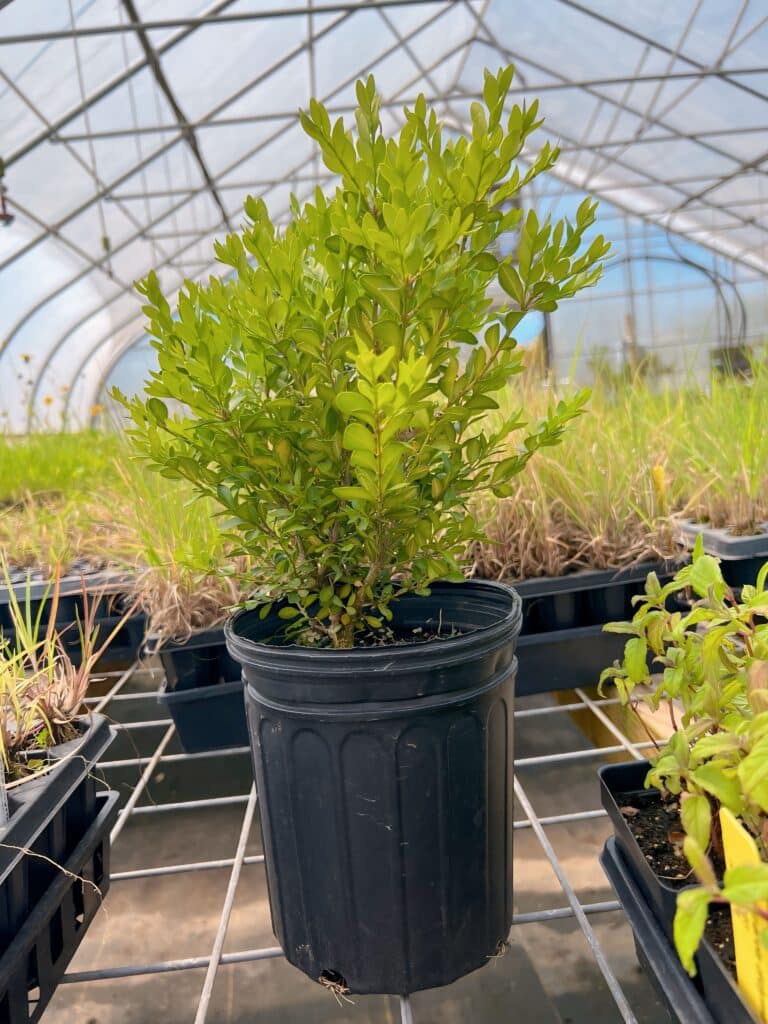
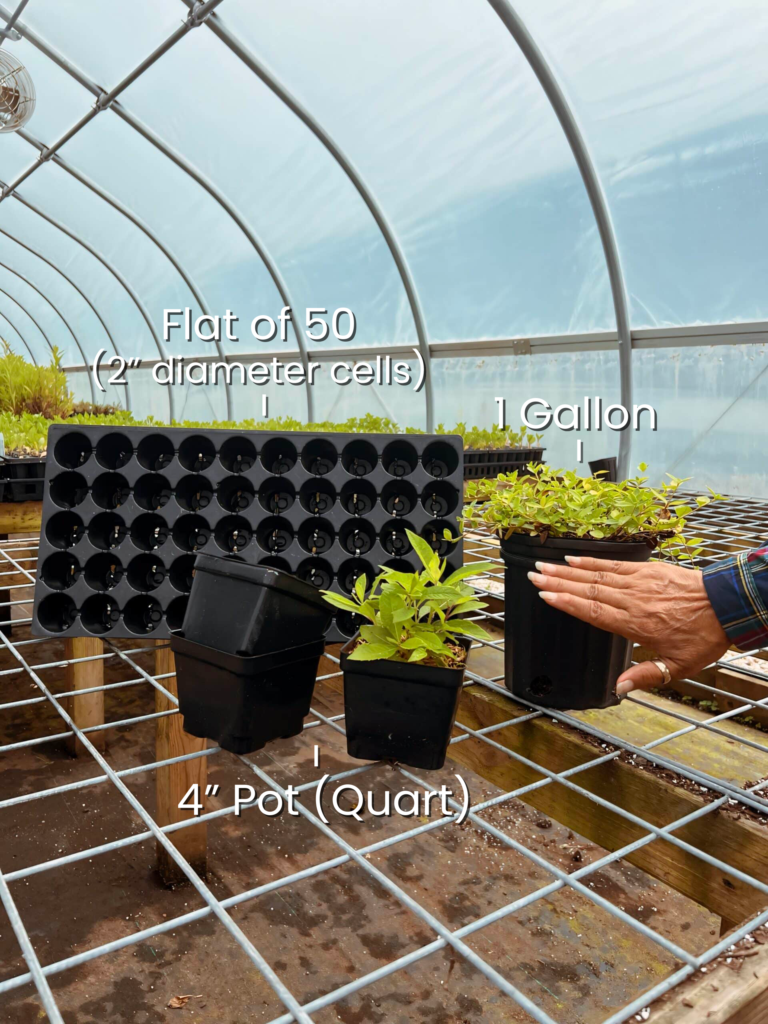
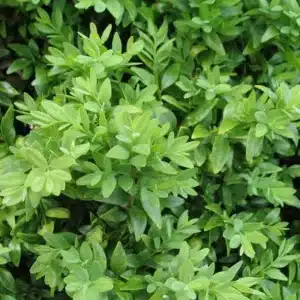
Ground shipping is paused due to summer heat. Only local delivery (Long Island & Queens) is available. Orders placed during the pause will begin processing September 1, and ground shipping will resume September 15.
| Size | 4" Pot (Quart), Flat of 50, Nursery Pot (1-Gallon Trade Size), 3 Gallon, 10 Gallon |
|---|---|
| Type | |
| Native? | |
| Zone | 4, 5, 5b, 6, 7, 8, 8b, 9 |
| Height Range (ft.) | 5.00 to 8.00 |
| Spread (ft.) | 3.00 to 4.00 |
| Bloom Time | |
| Sun | |
| Water | |
| Suggested Use | Border, Foundation, Hedge, naturalized plantings, Rain Garden |
| Tolerate | |
| Growth Rate | |
| Attracts |
Introducing Ilex glabra ‘Shamrock’, commonly referred to as Shamrock Inkberry, a lush, evergreen shrub that brings a touch of elegance and resilience to any landscape. With its compact habit and vibrant green foliage, Shamrock Inkberry stands out as a versatile garden component, suitable for a wide range of design scenarios.
Shamrock Inkberry’s controlled growth and evergreen nature make it exceptionally useful for continuous structure in the garden. Utilize it in formal hedge settings, as part of foundation plantings for year-round greenery, or in rain gardens where its tolerance for wet soils can be beneficial. Its pest and disease resistance further adds to its landscape value, providing a hassle-free solution for both new and experienced gardeners.
While primarily ornamental, Shamrock Inkberry also supports local ecosystems by providing shelter for birds and small wildlife. Its small, inconspicuous flowers can attract pollinators, contributing to the garden’s ecological balance.
Embrace the enduring charm of Ilex glabra ‘Shamrock’ in your garden to achieve a blend of aesthetic appeal, functionality, and ease of maintenance. Whether shaping the perfect hedge or enhancing garden biodiversity, Shamrock Inkberry is a testament to the beauty and resilience of native landscaping.
/5
Total reviews
|
|
Persons recommended this product
Anonymous
Shopper
check_circle Verified
Shop owner replied
Was this helpful
Anonymous
Shopper
check_circle Verified
Shop owner replied
Was this helpful
There are no reviews yet.
Be the first to review “ ”
Your feedback helps us improve our service.
Please log in to submit a review.
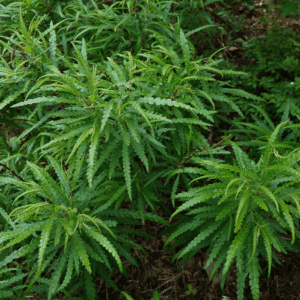

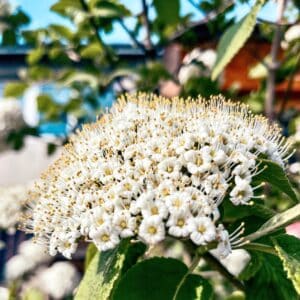
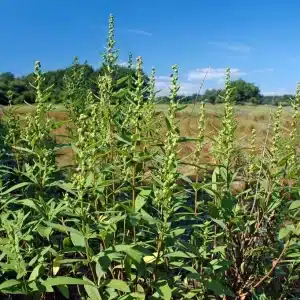
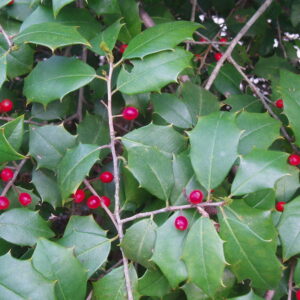
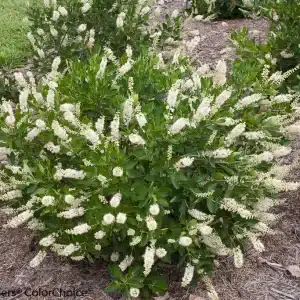
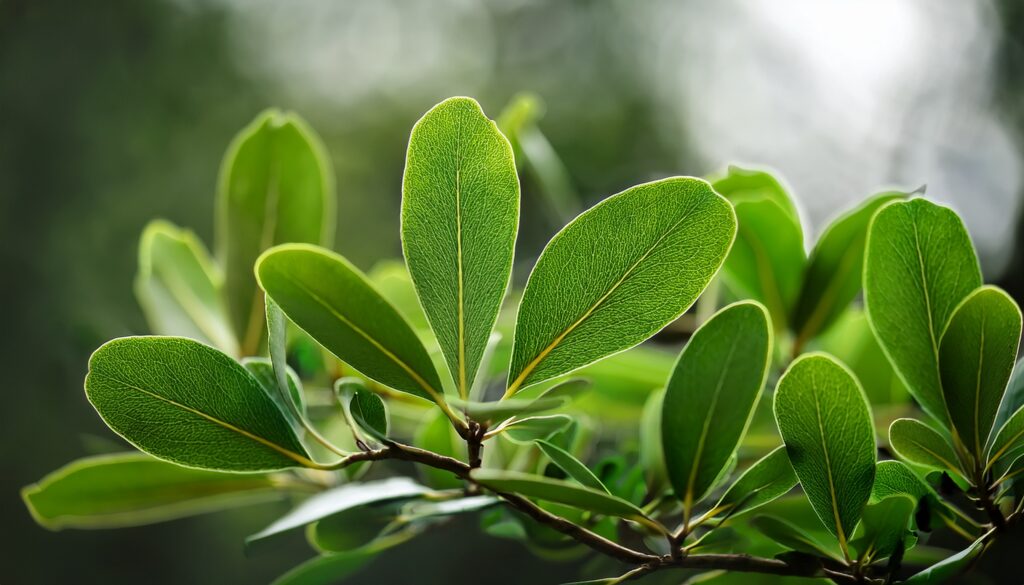
Shamrock Inkberry prefers full sun to partial shade and thrives in moist, acidic, well-drained soils. It tolerates wet soils better than many hollies, making it ideal for rain gardens, low spots, or areas with seasonal moisture
It typically grows 3 to 4 feet tall and wide, forming a compact, rounded shape. This makes it an excellent choice for low hedges, foundation plantings, and border shrubs.
Yes! Female plants produce small, dark purplish-black berries that persist into winter. To get berries, you need a male pollinator planted nearby, such as Ilex glabra ‘Nordic’ or another male inkberry.
Yes, it is evergreen, retaining its dark green foliage throughout the year. It’s more cold-hardy and holds its leaves better in northern climates than many other inkberries.
No, it’s a low-maintenance shrub! It requires minimal pruning, tolerates wet conditions, and resists most pests and diseases. Pruning can be done in late winter or early spring to maintain its shape.
Our gift cards make it easy to share the beauty of plants, flowers, and all things green. Whether for a special occasion or just because, give the gift of choice and let them select their favorites to create a garden they’ll cherish.
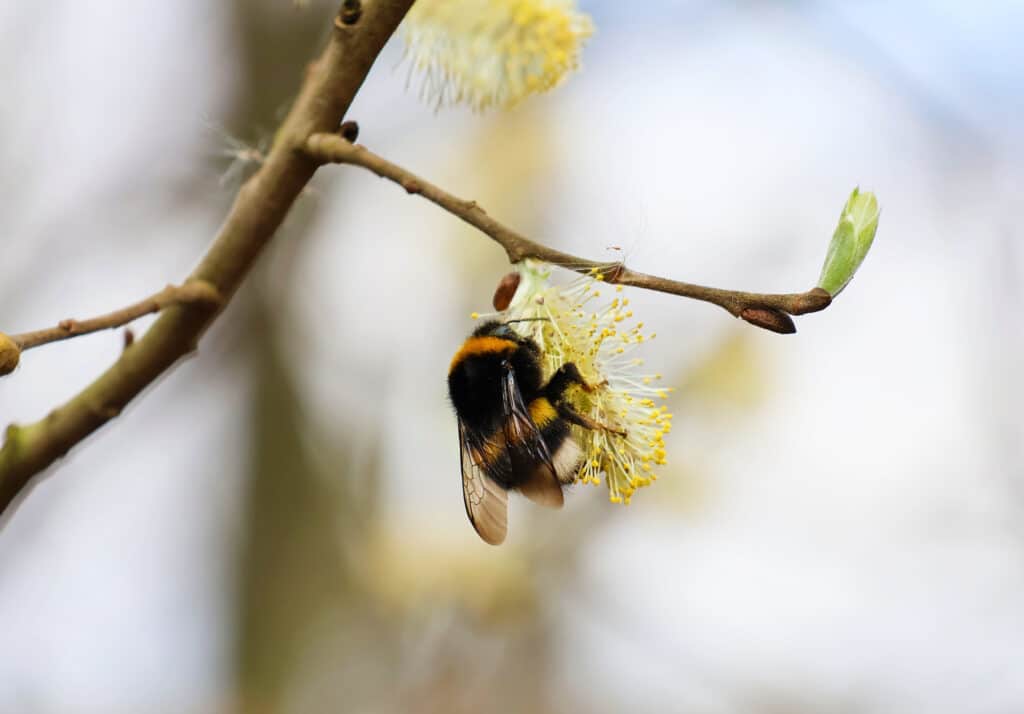
Only Local Delivery Available (Long Island & Queens)
Ground Shipping Paused
To protect our plants from extreme summer heat, we’ve paused nationwide ground shipping to avoid any damage during transit.
Local Delivery Only
We’re still delivering locally to Long Island and Queens, so nearby customers will continue to receive orders as usual.
Fall Pre-Orders Are Open Nationwide!
We will resume normal shipping for non-local orders placed during the pause in early September.
Thank you for your support and understanding—we’re looking forward to growing with you this fall!
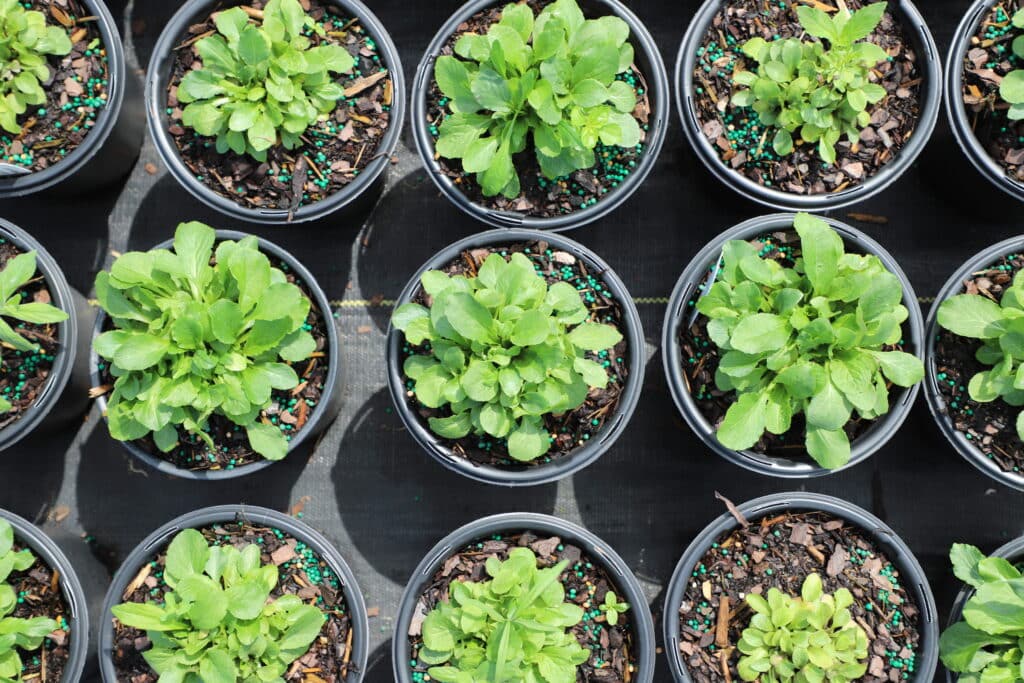
Shipping Paused
Please be aware that all shipping will be paused on December 22.
Any orders placed after that time will be fulfilled when we resume operations in January 2025.